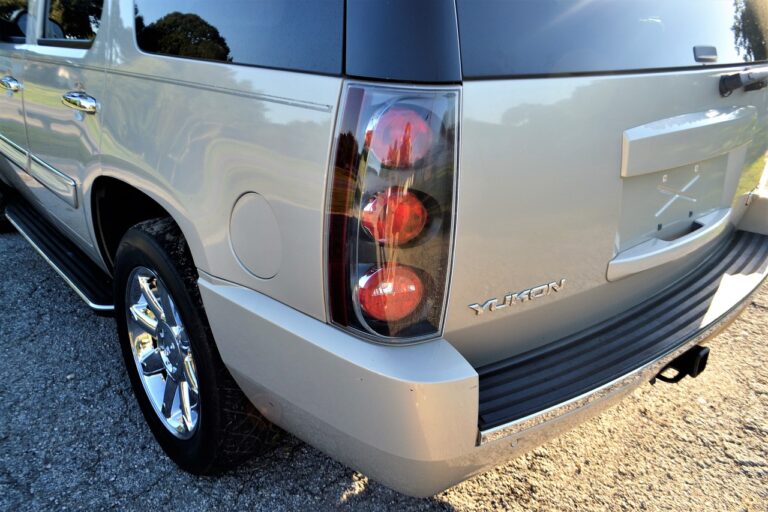Exploring the Integration of Voice Control in Automotive Air Conditioning Systems
betbhai9.com whatsapp number, radhe exchange id, lotus365 login:Exploring the Integration of Voice Control in Automotive Air Conditioning Systems
As technology continues to evolve, the automotive industry is constantly looking for ways to improve the driving experience for consumers. One area that has seen significant advancements in recent years is the integration of voice control in automotive air conditioning systems. This innovation allows drivers to adjust the temperature, fan speed, and other settings in their vehicle simply by using their voice, making it easier and safer to control the climate inside the car.
Voice control technology has been around for quite some time, but its integration in automotive air conditioning systems is a relatively new development. By utilizing voice commands, drivers can make adjustments to their air conditioning system without taking their hands off the wheel or their eyes off the road. This not only enhances convenience but also improves safety by reducing distractions while driving.
How Does Voice Control Work in Automotive Air Conditioning Systems?
Voice control in automotive air conditioning systems works by utilizing a combination of hardware and software to interpret and execute voice commands. The system is typically activated by a wake word or a button press, after which the driver can speak a command to adjust the air conditioning settings.
The technology behind voice control in automotive air conditioning systems is quite complex, involving a combination of speech recognition, natural language processing, and machine learning algorithms. These algorithms analyze the voice command, recognize the words spoken, and translate them into actionable tasks for the air conditioning system to execute.
Benefits of Voice Control in Automotive Air Conditioning Systems
There are several benefits to integrating voice control in automotive air conditioning systems, including:
1. Convenience: Voice control allows drivers to make adjustments to their air conditioning system without having to fumble with buttons or knobs, making it easier to stay comfortable while driving.
2. Safety: By using voice commands to control the air conditioning system, drivers can keep their hands on the wheel and their eyes on the road, reducing the risk of accidents caused by distractions.
3. Accessibility: Voice control makes it easier for individuals with physical disabilities to adjust the air conditioning settings in their vehicle, improving accessibility for all drivers.
4. Customization: Some voice control systems allow drivers to personalize their air conditioning preferences, such as setting preferred temperatures or fan speeds, making the driving experience more enjoyable.
Challenges of Voice Control in Automotive Air Conditioning Systems
While voice control technology offers numerous benefits, there are also some challenges that come with integrating it into automotive air conditioning systems. These challenges include:
1. Voice Recognition Accuracy: One of the main challenges with voice control is ensuring that the system accurately recognizes and interprets the voice commands spoken by the driver. Background noise, accents, and other factors can impact the accuracy of voice recognition.
2. Limited Functionality: Some voice control systems may have limited functionality, only allowing drivers to make basic adjustments to the air conditioning settings. This can be frustrating for drivers who want more control over their climate preferences.
3. Integration with Other Systems: Integrating voice control into automotive air conditioning systems may require additional hardware or software updates, which can be costly and time-consuming for automakers.
4. Privacy Concerns: Voice control systems in vehicles raise privacy concerns, as the technology may be listening to conversations inside the car even when not activated. Automakers must address these concerns to ensure consumer trust.
Future Developments in Voice Control Technology
Despite the challenges, the future of voice control in automotive air conditioning systems looks promising. As technology continues to advance, we can expect to see more sophisticated voice recognition algorithms, improved integration with other systems in the vehicle, and enhanced customization options for drivers.
Future developments in voice control technology may also include the integration of artificial intelligence to better understand and anticipate driver preferences, as well as the ability to control multiple systems in the vehicle using voice commands. These advancements will further enhance the driving experience and make it easier for drivers to stay comfortable on the road.
FAQs
Q: Can voice control be added to any car’s air conditioning system?
A: While some newer vehicles come equipped with voice control capabilities, it may be possible to add aftermarket voice control systems to older cars. However, compatibility and functionality may vary depending on the make and model of the vehicle.
Q: Are there any privacy concerns with using voice control in vehicles?
A: Like any technology that listens to voice commands, there are potential privacy concerns with using voice control in vehicles. Automakers must ensure that the data collected by voice control systems is secure and used responsibly.
Q: How accurate is voice recognition in automotive air conditioning systems?
A: Voice recognition accuracy can vary depending on the system used and environmental factors such as background noise. While voice recognition technology has improved in recent years, there may still be instances where commands are not accurately interpreted.
In conclusion, the integration of voice control in automotive air conditioning systems offers numerous benefits for drivers, including convenience, safety, and accessibility. While there are challenges to overcome, advancements in technology and continued innovation in this area will likely lead to even more sophisticated voice control systems in the future. As drivers seek ways to enhance their driving experience, voice control technology is sure to play an essential role in shaping the future of automotive air conditioning systems.







